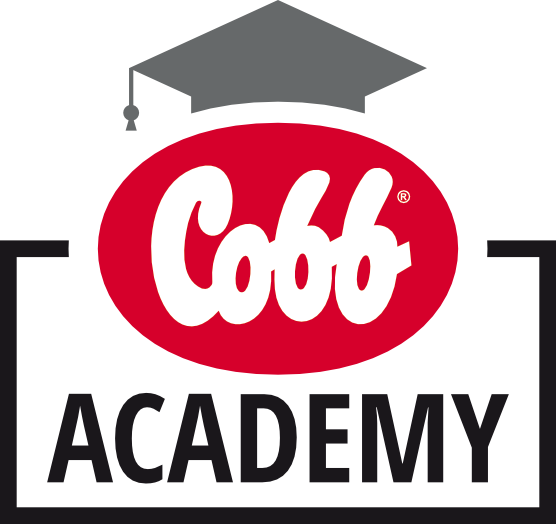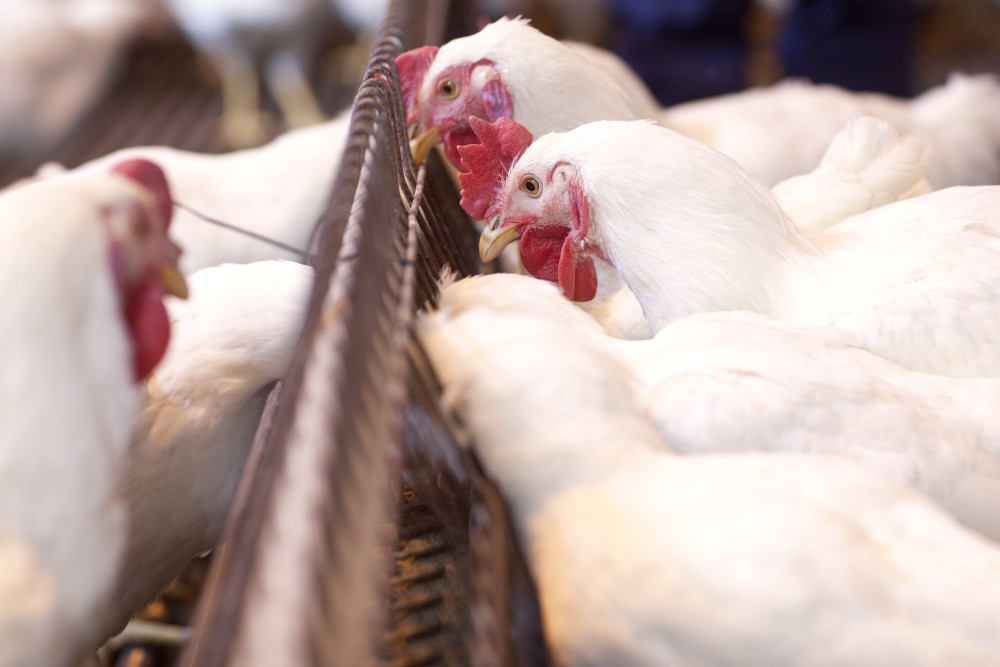By Dr Cesar Coto, Cobb-Vantress
In the early 90s Cobb started collecting information on breeder flocks worldwide and a clear cut pattern for improvement in performance has been observed since then. Genetic selection has certainly been a great contributor to this progress. However, a better understanding of nutritional and management needs has also played a part.
By analysing the survey results for a given year, a significant difference in performance between flocks ranked in the top 25% versus the average flock is observed (Table 1). This demonstrates how external factors like management and nutrition become critical in capturing the genetic potential of the bird. In this article we will review some characteristics that successful flocks share in common during pullet rearing. Figure 1 denotes the different growth stages during pullet rearing. As different goals exist for each stage, specific management and nutritional approaches are necessary.
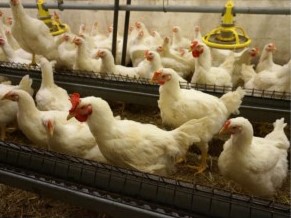
An adequate supply of nutrients involved in feather formation like the sulfur amino acids methionine and cysteine, vitamins and microminerals should not be taken for granted.
Ensure the best start
In the first 4 weeks the objective is to stimulate growth and promote frame and body weight uniformity for the small chicks. Transit from the hatchery to the farm represents a condition of stress to the chick. A well prepared house is necessary to make sure birds feel comfortable as soon as they arrive. A check list is a useful tool; consider temperature uniformity, water availability and quality (including temperature), ventilation and air quality conditions, light intensity, bird density, and abundant feed availability and quality.
The first weeks are characterised by vigorous growth to support the development of vital organs, muscle mass and the skeletal tissue. The high body weight gain and frame development occurring at this point provides a great opportunity to promote flock uniformity. Bird grading, properly installed feeding equipment (design and space) and uniform feed particle size (mash or crumble) are necessary to develop uniform flocks, as well as uniform light distribution. A high energy amino acid and protein density diet is needed to support the high magnitude of the feed increases typically applied during this stage.

The success of a breeder flock is measured by the number of first quality hatching eggs and hatching percentage. Good pullet rearing is the key to future success.
Prepare for lay instead of growth
In weeks 5-15 of the pullets life, the goal shifts from growth to body weight control, finish determining frame size and preserving uniformity. Genetic selection has resulted in continuous improvement in broiler traits like body weight gain and feed conversion, and this progress in the utilisation of nutrients represents the most challenging condition of this period, as the growth potential of the bird is limited in order to prepare a hen for lay instead of meat production. Small weekly feed increases are necessary to achieve the weight gains targeted.
The limited amount of feed that gets distributed during this period is a challenge for the feeding equipment. An even distribution and an adequate amount of feed offered each time is desired to allow uniform access to feed for all birds within the flock; overall a minimum of 30 minutes of feed consumption time is acceptable.
Feed restriction programmes like 6-1 or 5-2 are commonly utilised during this period as an alternative to increase the amount of feed to be distributed and increase feed consumption time. If there are issues with intussusception on an alternative feeding programme, every day feeding may be used. Progressive utilisation of the feeding equipment is an alternative to maintain the right number of birds per pan or chain length as the flock grows older, with full access to feeding equipment provided at around 12 weeks. Table 2 shows a guide of progressive access to feed.
The use of diets with low levels of energy (example: 2750 kcal/kg) gives birds more access to feed while maintaining body weight close to standard; inclusion of a bulky feedstuff like wheat middlings will be necessary to achieve this lower level of energy. By reducing the energy level, the amount of feed to distribute will increase, reducing the pressure applied by the feed restriction programme. This should result in less stress on the birds, reduction of intestinal challenges and an increased chance to maintain uniformity.
Despite the lower energy, a proper supply of nutrients is still required to support metabolic functions. As an example, feather development is active with the first natural molt starting at around 7 weeks of age. An adequate supply of nutrients involved in feather formation like the sulfur amino acids methionine and cysteine, vitamins and microminerals should not be taken for granted.
Feather pecking behaviour could be seen during this time as a result of stress. Nutrient levels mentioned above, as well as sodium, should be assessed.
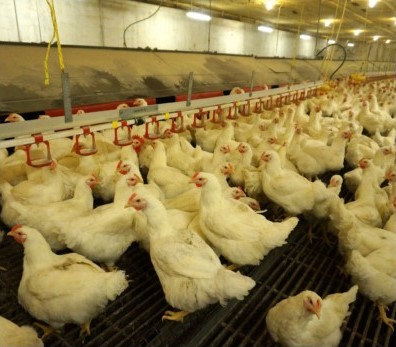
A well performing breeder flock will make all the difference in the hatchery and beyond.
Most critical phase
Before the pullets go into lay, in weeks 16-20 there is a focus on growth acceleration to prepare bird reserves for light stimulation. This can be the most critical phase that differentiates the most successful flocks from others. If a flock is at this stage overweight, it should stay this way to the end of the cycle; any attempt to move the body weight close to the standard will be conducted at the expense of body reserves. A high body weight increase during this phase is expected to build up the bird’s body reserves necessary to respond to light stimulation. The Cobb standard has built in a body weight increase of 34% from week 16 to 20 — high weekly feed increases will be necessary to satisfy this condition. Birds that reach 16 weeks close to standard will have a higher chance of reaching the desired body condition; birds behind in fleshing will require more work to recover and reach the target.

The adoption of a pre-lay diet with a higher energy level than in the previous phase – usually close to the level of energy utilised in production feed – together with the high feed increases typical at this stage will promote the generation of body reserves. Table 3 describes an example of a nutritional profile following the considerations described above. Conducting an evaluation of fleshing and presence of fat in pelvic bones before light stimulation works not only to predict breeder performance in the hen house, but most importantly allows one to identify the presence of gaps in the feeding programme during this period and fine-tune for future flocks. The goal here is to have flocks with a least 90% of the birds with fleshing 3-4 and presence of fat around pelvic bones.
Table 1 - Performance difference between top 25% performers vs industry average.
| Worldwide Cobb 500 FF data 2015 | Adjusted TE/HH | Adjusted HE/HH | Percent Set | Adjusted Hatch % | Adj Chicks Per HH |
| Overall | 168.7 | 163.4 | 96.8% | 84.3% | 137.8 |
| Top 25% | 179.5 | 174.1 | 97.0% | 86.0% | 150.8 |
Table 2 - Example of progressive feeder space based on age.
| Week | Chain loops (cm/female) | Pan feeder lines (birds/pan) |
| 1->4 | >6 | 25 |
| 5->8 | >9 | 16-18 |
| 9->11 | >12 | 14-16 |
| >12 | 15 | 10->12 |
Table 3 - Example of a nutritional profile during pullet rearing.
| Starter | Grower | Prelay | ||
| 0-4 weeks | 5-15 weeks | 16-23 week | ||
| Kcal | 2,9 | 2,75 | 2,85 | |
| Crude Protein | % | 19.00 | 15.00 | 15.00 |
| Calcium | % | 1.00 | 1.00 | 1.20 |
| AP | % | 0.45 | 0.43 | 0.42 |
| Dig Lysine | % | 0.95 | 0.60 | 0.62 |
| Dig Methionine | % | 0.42 | 0.27 | 0.28 |
| Dig Threonine | % | 0.67 | 0.50 | 0.51 |
| Na | % | 0.18-0.22 | 0.18-0.22 | 0.18-0.22 |
| Cl | % | 0.18-0.30 | 0.18-0.30 | 0.18-0.30 |
| K | % | 0.65-0.95 | 0.65-0.95 | 0.65-0.95 |
As genetic selection programmes continue to progress, a better understanding of the bird and good co-ordination between the different processes involved in the field will become even more important to capture the genetic potential offered.
